I can Help you build a strong brand that can attract new customers, build trust and credibility, and boost your bottom line.


Founder & Editor-In-Chief of Kivo Daily Magazine, Dillon Kivo is one of the top media and marketing experts in the nation. He is a WSJ, USA Today, Barnes & Noble, and Amazon best-selling author for his book, “The Authority Playbook: How to Become the #1 Authority in Your Niche.”
Dillon has had unparalleled success in executing media strategy across industries and can significantly increase brand presence for individuals. US Reporter honored him as one of the “Top 30 Under 30.”
He has been featured on many of the world’s largest websites and biggest publications, such as Forbes, Entrepreneur, Huffington Post, and others. As CEO of PR giant, Authority Titans, Dillon has advised some of the most iconic Fortune 500 companies, celebrities, executives, and non-profit organizations. His team is committed to helping individuals, entrepreneurs, and businesses achieve exceptional levels of success by strengthening their brand presence.
Kivo is a highly dedicated entrepreneur working to help his clients establish strategies for exceptional growth and authority in their field. Dillon Kivo has played a pivotal role in the success of many top-tier athletes, entrepreneurs, celebrities, influencers, and individuals.


I wrote this book to help startups, solopreneurs, artists, movement leaders, and anyone who wants to reach more people become thought leaders and gain the trust of their target audience. In this book, you will learn about:


























